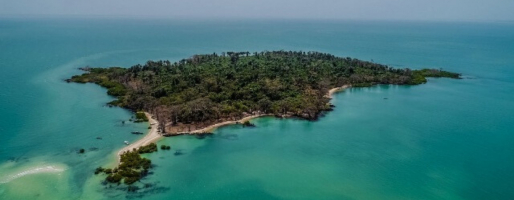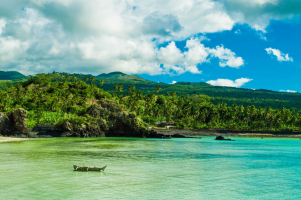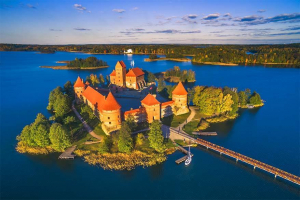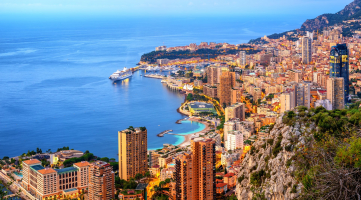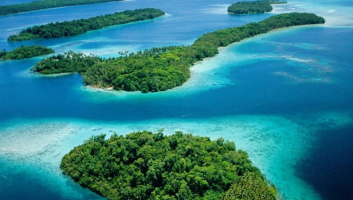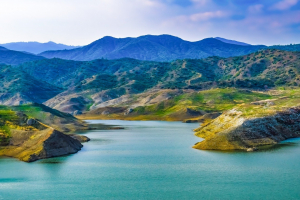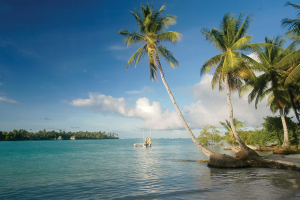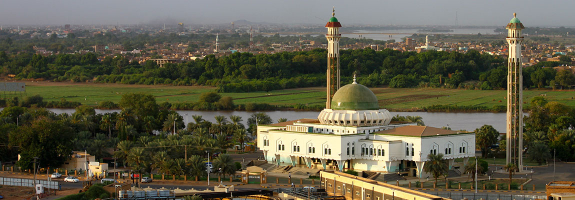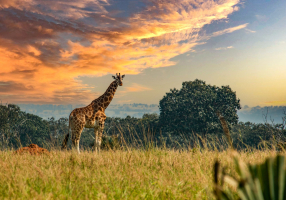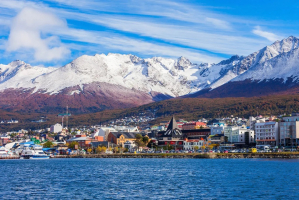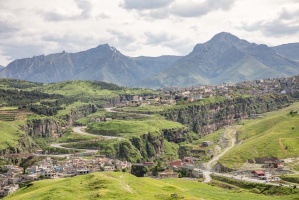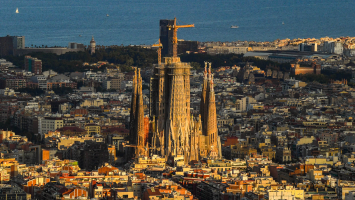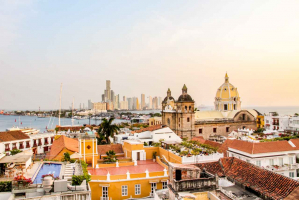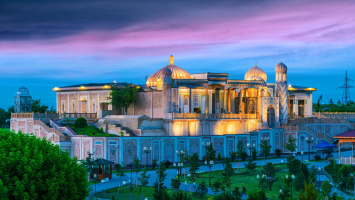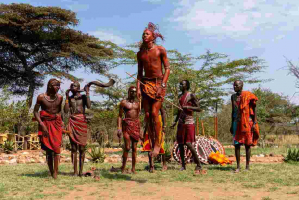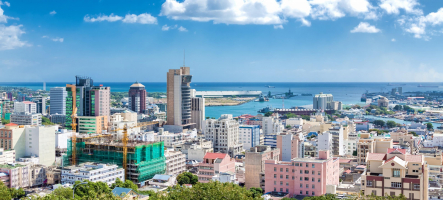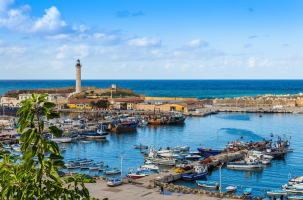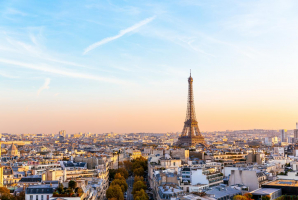Top 8 Things to Know Before Traveling to Mozambique
Mozambique is a spectacular year-round destination. Its tropical climate lends itself to warm winters great for exceptional sightseeing adventures and hot ... read more...summers that are perfect for watersport enthusiasts. Here are some things to know before traveling to Mozambique.
-
Do you have any idea where Mozambique is? Mozambique, officially the Republic of Mozambique, is located on the African continent's south-eastern coast, where it meets the warm Indian Ocean, with magnificent beaches and coves just a mile away. Mozambique is bordered to the south by South Africa and Swaziland, to the north by Tanzania, and to the west and northwest by Zimbabwe, Zambia, and Malawi.
Mozambique, with a total area of more than 800,000 square kilometers, is one of the world's largest countries. The Zambezi River, which flows through the country's central regions and into the Indian Ocean, divides it in two. The country is mostly made up of low-lying coastal plains, with plateaus and highlands in the west. The Zambezi River appears to be the dividing line between the narrow coastal belt and the uplands in the north of the country and the lowlands in the south.
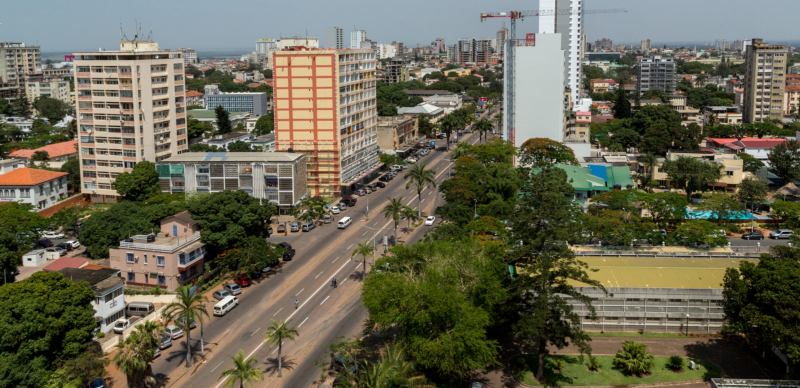
unops.org 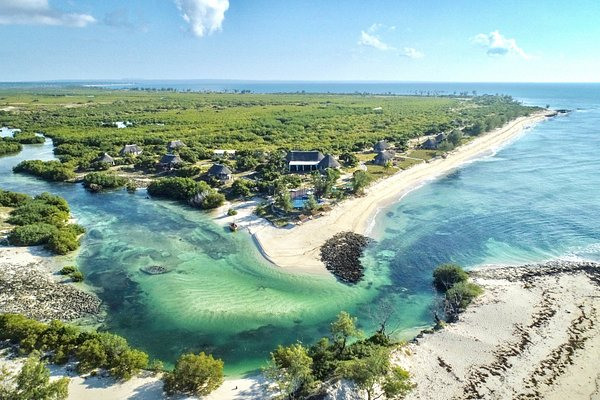
worldatlas.com -
Visa is one of the most important things to know before traveling to Mozambique. Actually, most foreign visitors (except citizens of Swaziland, South Africa, Tanzania, Botswana, Malawi, Mauritius, Zambia, and Zimbabwe) taking a holiday in Mozambique are required to obtain a visa. Depending on your preferences, you can apply for a single-entry or multiple-entry tourist visa for Mozambique. You can stay for up to 30 days per visit with either option. To stay in Mozambique for longer than this period, travelers must have a long-term visa, according to Mozambican visa policy.
Tourist visas for Mozambique can be acquired on arrival or at an embassy or consulate abroad. Most nationalities have the option of obtaining a visa on arrival. Visitors from certain countries, however, must apply in advance at a Mozambican diplomatic mission. There are also plans to create an eVisa for Mozambique. This will enable visitors to apply for a tourist visa online. It will be a faster and more convenient option than current visa on arrival and embassy visas.
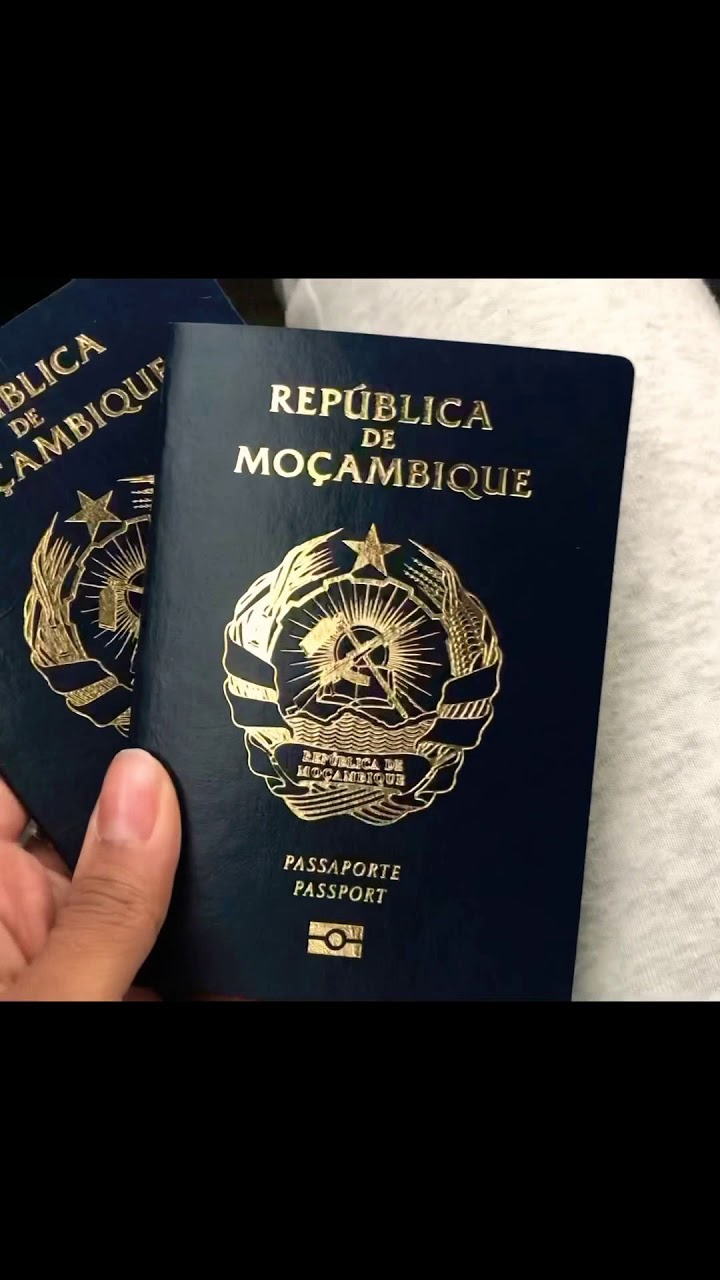
evisa-vietnam.com 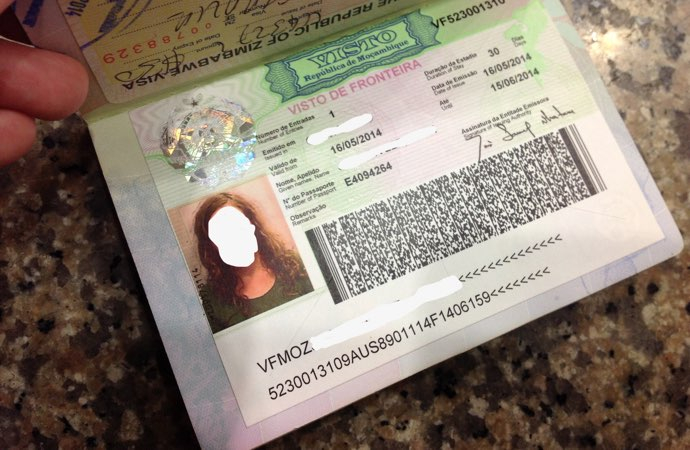
visabaongoc.com -
The Metical (plural Meticais) is Mozambique's official currency, but if you're traveling in southern Mozambique, both the South African Rand and the US Dollar are widely accepted. It's best to travel with dollars in the north. If you want to use a foreign currency instead of Meticais to buy souvenirs at markets and craft shops, bring small denomination notes with you.
It is always advisable to carry cash with you, as credit cards have yet to catch on, and ATMs outside of Maputo are frequently in short supply. In a small town, you may have to wait nearly an hour to withdraw cash. All non-motorized water sports are usually free at beach and island lodges, though snorkeling trips may be charged if a boat is required to take you out to the reefs. You should find out which activities are included ahead of time to avoid any unexpected extras when it comes time to check out.
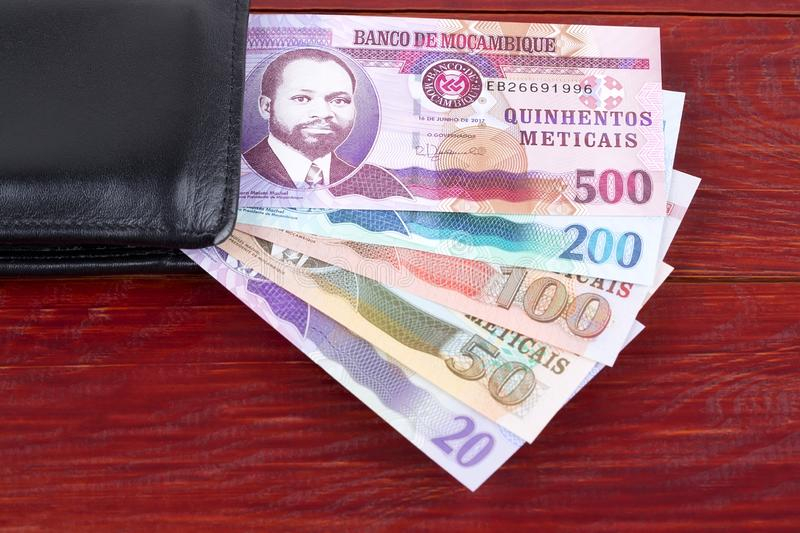
dreamstime.com 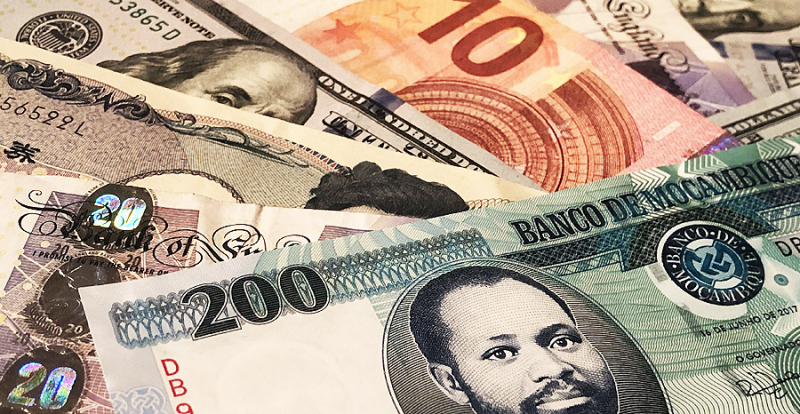
crudemixafrica.com -
The Republic of Mozambique is located in the tropics and has a hot and humid climate throughout the year. The monsoon influence is strongest in the northeast but is modified somewhat in the south by the island barriers of Madagascar, Comoros, and Seychelles. Mozambique is best visited between September and November, when game viewing is at its peak, whale migration can be observed, and the weather is calm and warm, ranging from 27°C to 32°C. Mozambique's climate is subtropical. Temperatures range between 25°C and 32°C during the dry season, which lasts from April to December. From January to March, the rainy season lasts, with temperatures ranging from 30°C to 32°C.
Throughout the dry season, the beaches on both the Bazaruto and Quirimbas archipelagos are breathtaking. However, especially in the north, the winter months (June to August) can be windy. Bring a few packs of rice with you if you're taking electronics to Mozambique so they can absorb the inevitable moisture.
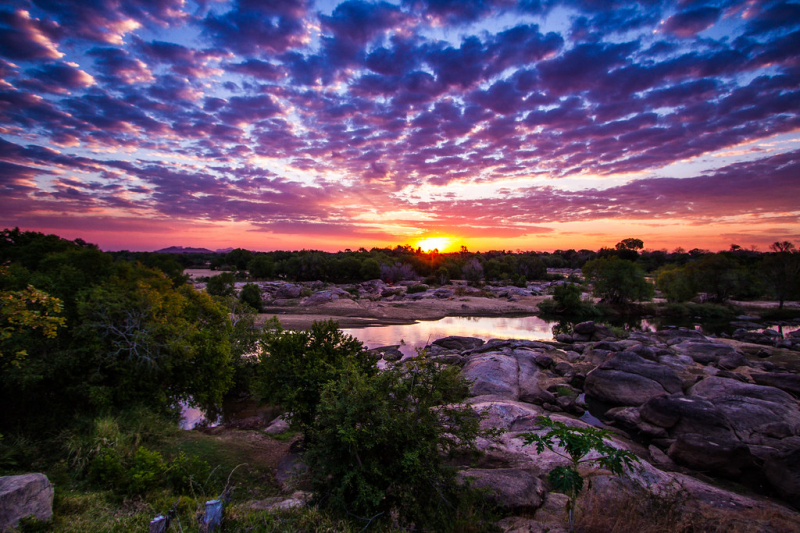
sunrise.maplogs.com 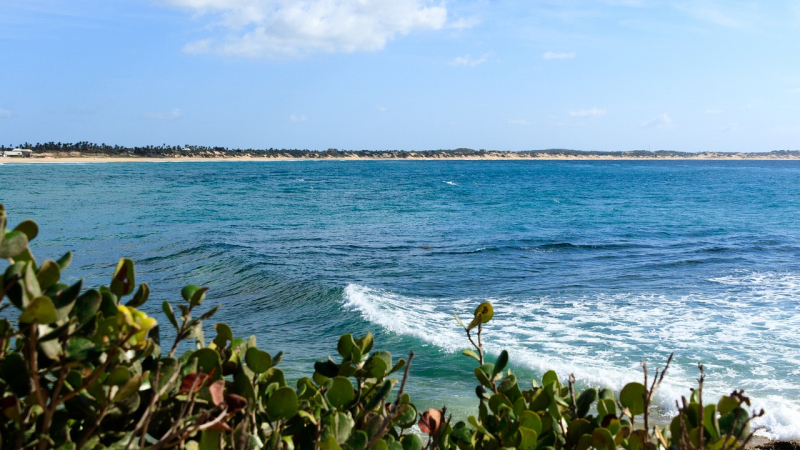
seasonyear.com -
One of the most interesting Mozambique tourist attractions is the National Park "Bazaruto Archipelago," which is located on the country's territory. The reserve includes a portion of the marine area as well as small islands covered in dense tropical vegetation. Not only can you admire the natural beauty of the park, but there are also excellent recreational opportunities. can enjoy beautiful beaches with snow-white sand, divers can marvel at the oldest coral reefs, and there are designated fishing areas in the park.
If you aren't interested in Mozambique and its natural sights, there are plenty of other luxurious options. If you're looking for luxurious beaches and resort hotels, head to Pemba, which is located in northern Mozambique. The resort is famous not only for its new well-kept beaches but also for the coral reefs located off the coast, making it a true paradise for beach lovers and diving enthusiasts. Some of them are so close to the shore that swimming to them is not difficult. Pemba is a rapidly developing young resort with beautiful hotels, water sports centers, various sports grounds, and entertainment facilities.
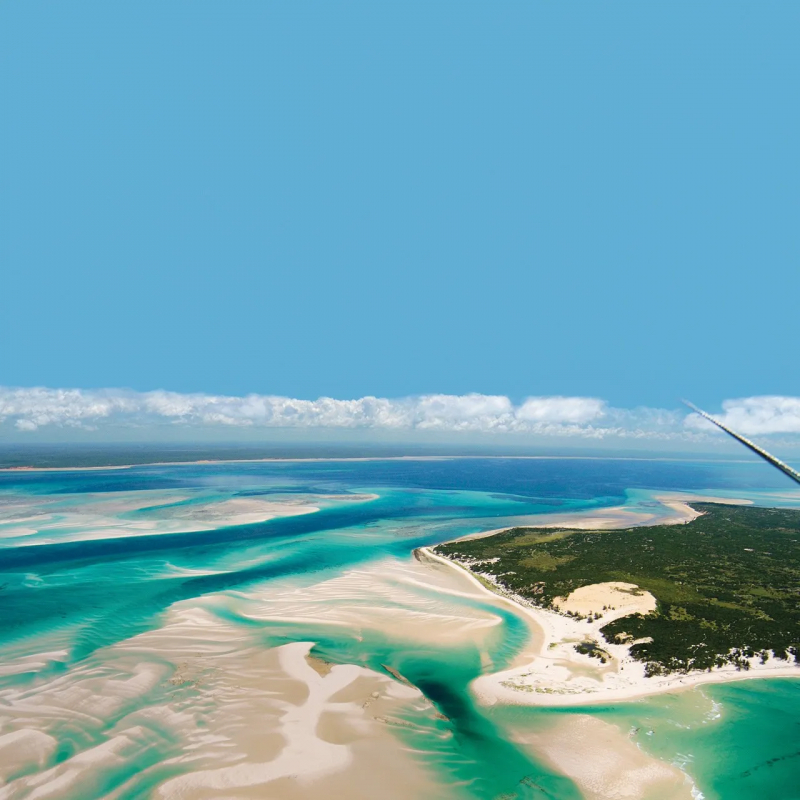
thegoldenscope.com 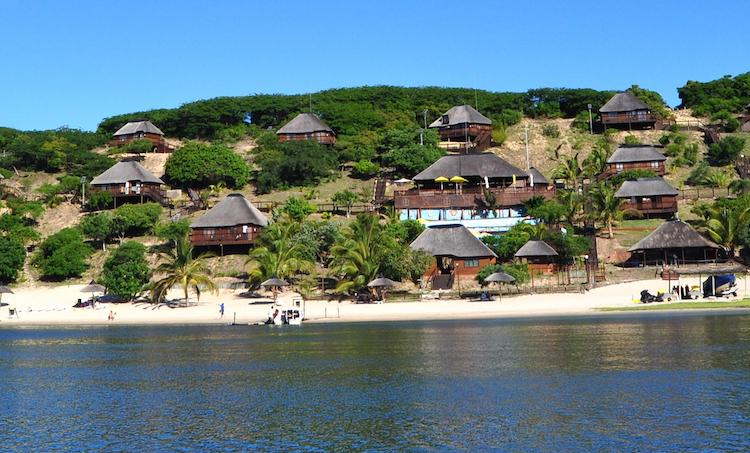
africawanderlust.com -
Malaria is a significant threat in Mozambique, particularly during the rainy season. Here, you should take malaria precautions seriously, especially if you are in densely populated and humid areas. Cerebral malaria (the deadliest form) is common in the country. Don't be the type of person whose vacation is ruined by illness or, worse, by potentially fatal complications. Protect yourself by asking local residents or business owners where you will be staying if mosquitoes are a problem. Take malaria medication, wear long sleeves at night, and use insect repellent.
If you are traveling from South Africa, you can buy doxycycline and Malarone at very reasonable prices, even if you are not a resident. Doxycycline is an effective malaria preventative. It is also worth noting that malaria tablets can be purchased without a prescription in any Mozambique pharmacy. Always take precautions when visiting Mozambique and the rest of Africa. If you come down with malaria in Mozambique, get to a clinic as soon as possible. African countries are far better at treating malaria and dealing with it than going home to a Western country and dealing with it there. This is unquestionably one of the most important things to know before traveling to Mozambique.
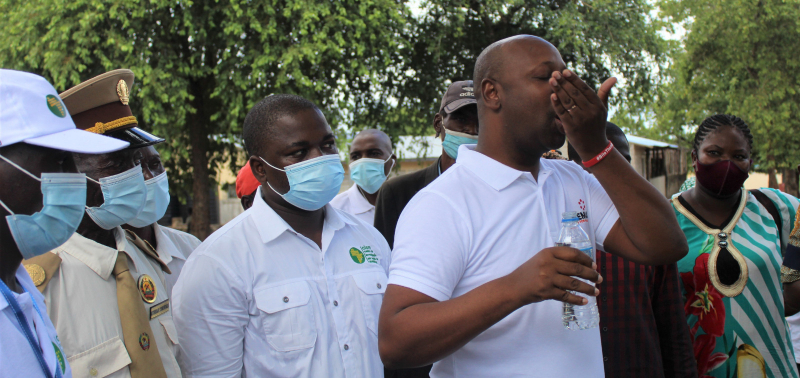
isglobal.org 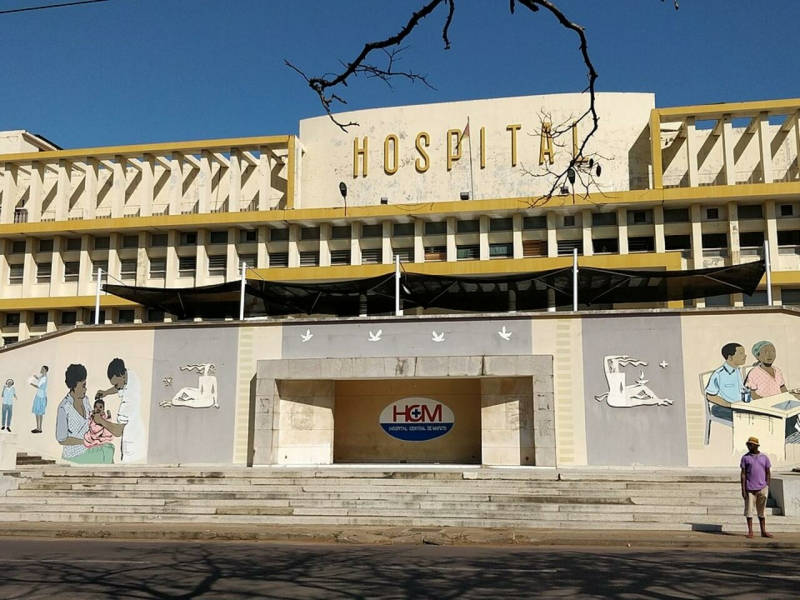
rfi.rg -
In general, casual, comfortable clothing is appropriate for a Mozambique vacation all year. If you're going to Mozambique for a beach vacation, bring plenty of light cotton tops and shorts, as well as a hat, sunglasses, beach sandals, and a pair of comfortable walking shoes. Keeping this in mind, it's best to dress in light, breezy clothing - and don't forget your swimsuit!
If you intend to take a lot of photos, bring extra memory cards and batteries for your camera, as these are hard to come by in Mozambique and very expensive if you do find them. Pack long-sleeved clothing to protect against mosquitoes in the evenings, and a fleece or jacket for winter game drives if you are going on safari with Mozambique. Remember that hauling heavy luggage will only give you headaches if you're trying to navigate Mozambique's chaotic public transportation, and you'll almost always be charged an extra fare for bulky bags on buses and chapas. This is unquestionably one of the most important things to know before traveling to Mozambique.
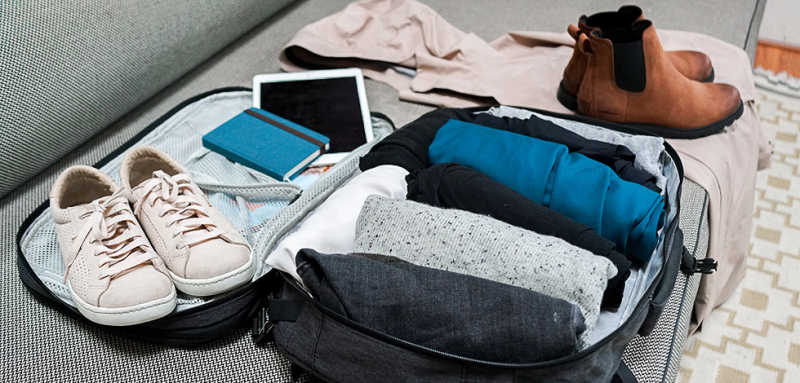
carryology.com 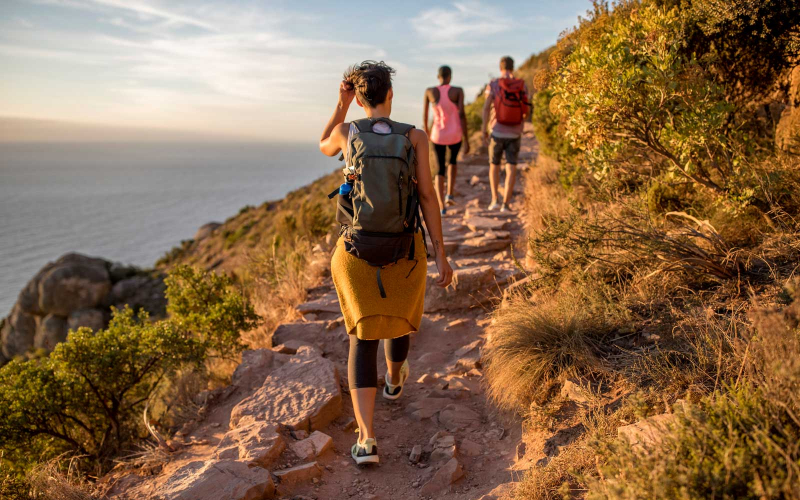
travelandleisure.com -
Mozambique's food is rich and flavorful, unlike that of many other African countries. The majority of the population lives near the sea, and seafood is served on almost every menu. Lobsters, prawns, and crab are caught off the coast of Mozambique and used in even the simplest of dishes. Matapa, a delicious blend of coconut, cassava leaves, and a seafood variety (clam, crab, or prawn), is a local favorite – but be warned, it looks like baby food! For $3-$8, you can have a good and local meal.
Fresh seafood from the country's abundant coastline is used heavily in regional dishes, with chicken and goat serving as the most common meats. Cassava, a root imported from Portuguese Brazil, and xima (pronounced "shima"), a stiff maize porridge, are two sources of starch. Mango, avocado, and papaya are examples of exotic fruits that are both inexpensive and plentiful. Coconut and cashews, on the other hand, are the stars of the Mozambican culinary scene, with both being widely used in traditional recipes.
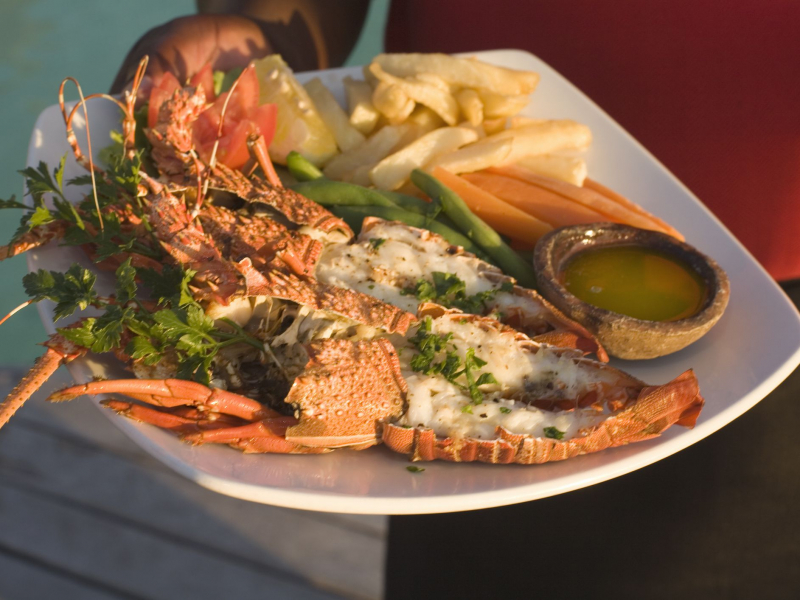
tripsavvy.com 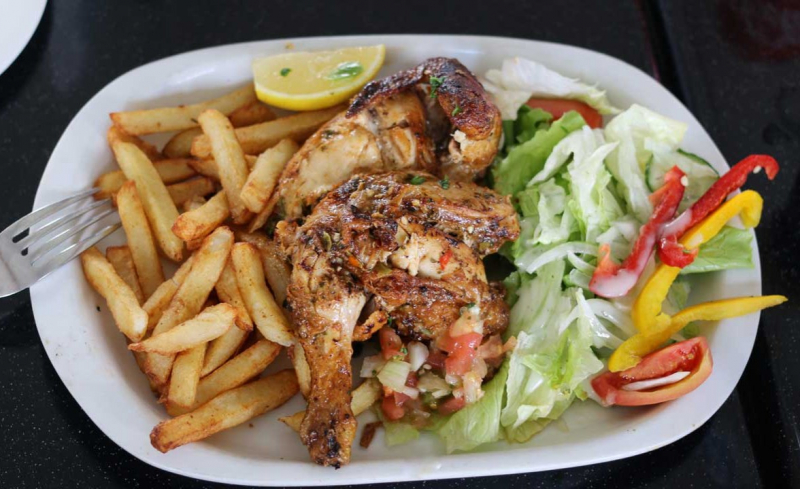
allafrica.com










